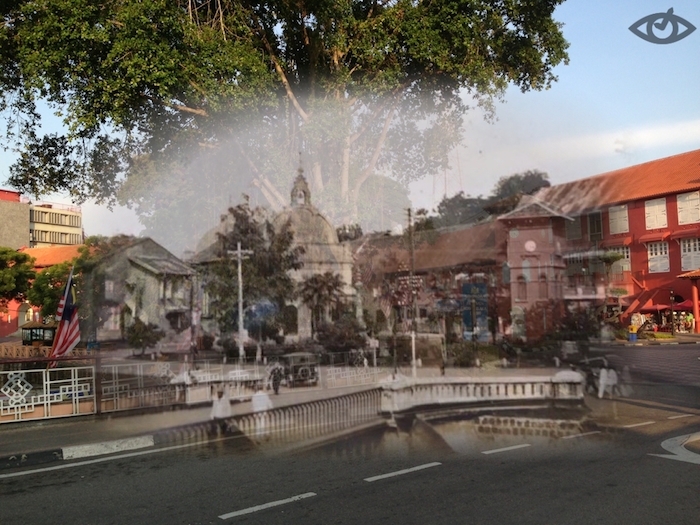Malay warrior? Farmer? You’ve been seeing Prudential’s logo wrong all this time
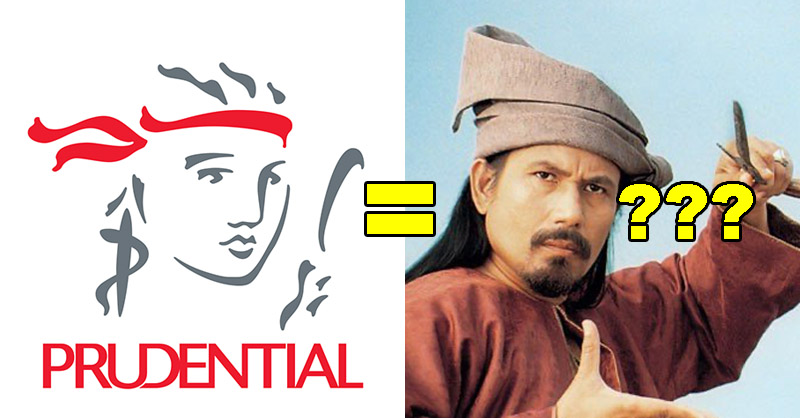
- 123Shares
- Facebook102
- Twitter4
- LinkedIn4
- Email7
- WhatsApp6
This article is NOT selling you insurance – it’s part of our series on the history of familiar brands in Malaysia that we found interesting but nobody wanted to pay us to write; like this one about Panasonic’s unexpectedly close relationship with Malaysia.
Prudential Insurance has been around since 1848, so any company that’s been around this long would have some pretty interesting historical tidbits – in fact, they actually maintain an entire archive of it. So, let’s start off with how this writer always thought Prudential’s logo was a farmer or warrior holding a sickle. Padahal…
Prudential’s logo and name is based on a Greek lady (kinda)
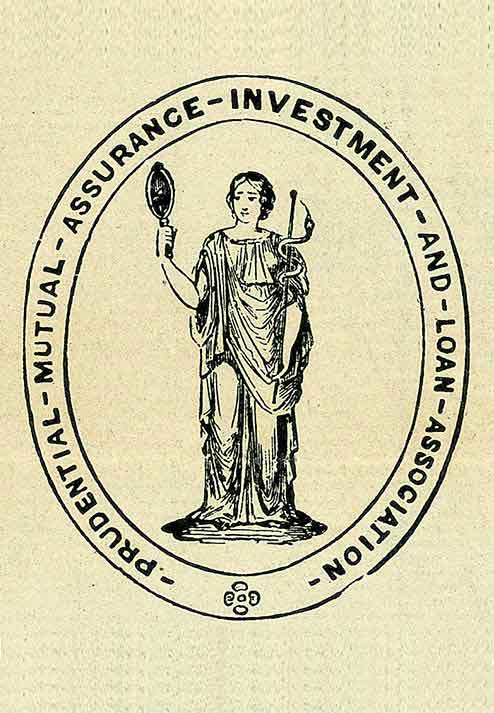
Without going too much into it, Prudence is considered the mother of all virtues because it basically refers to the foresight to make wise choices while avoiding risk, and is personified as Prudentia; a woman with a snake and mirror. And just like Starbucks siren, Prudential’s logos before the 1980’s was wayyyyy closer to that original description before being redesigned to this cleaner, modern form in 1986. But actually kan, the snake and mirror have always been there:
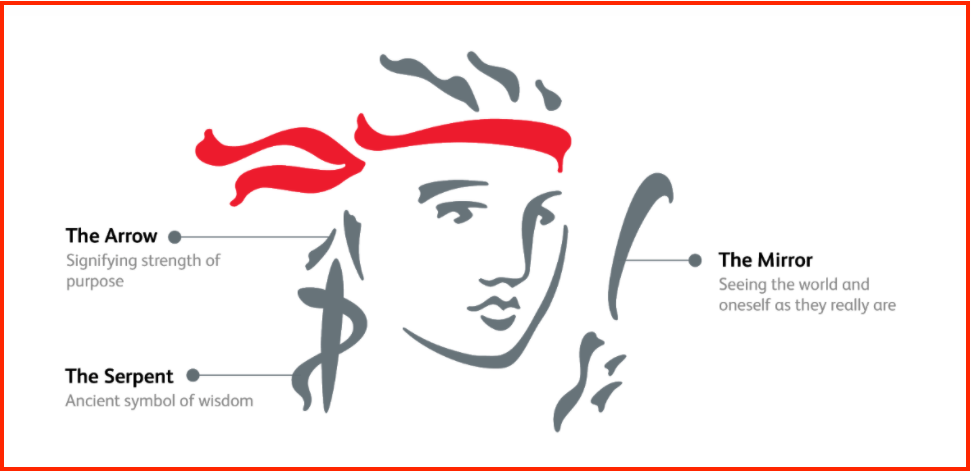
There are 2 things that you need to know about insurance back in the day. The first is that it was mainly for rich people and businesses, and the second is that having long company names was a requirement (citation needed). Prudential was founded in 1848 by a group of bearded Victorian men as “The Prudential Mutual Assurance Investment and Loan Association” with the goal of providing insurance and loans to the middle classes. Later though, they made a (at the time) super brave step to offer the same services to the working classes – creating a system of using agents who went from door-to-door selling and collecting premiums and generally servicing clients.
Now if that sounds familiar, then this next point is really gonna knock on your door, ring on your bell, and tap on your window too.
Prudential agents were super ✨ a e s t h e t i c ✨
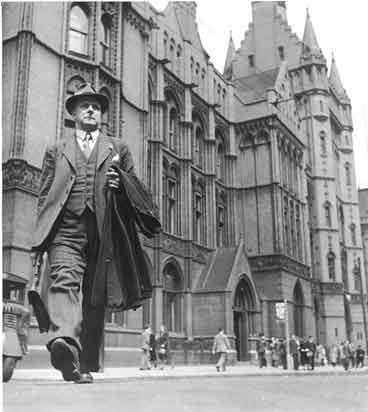
If you got that knock on your door reference, then you’ll also have heard the term “The Man from the Pru”. If not, then ask your parents, kids.
The Man from the Pru was coined in 1949 after Weekly Illustrated magazine (not to be confused with Sports Illustrated) published a photo of an actual Prudential agent named Fred Sawyer walking all cool and determined and stuff. While his face wasn’t always used, that iconic stride was was a staple in advertising campaigns around the world, including Malaysia.
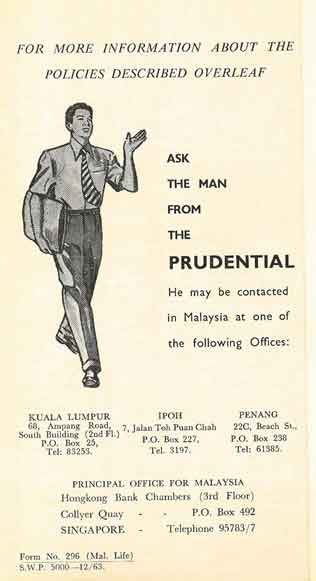
Basically, before iPads and computers, Prudential agents had to carry around special company-issued briefcases. These contained the usual forms and leaflets but, more interestingly, also had a chain that could be strapped to the agents’ wrist to prevent loss or snatch thefts. Of course, thieves weren’t after the latest medical coverage, but the money that these briefcases contained because agents had to collect premiums by hand back in the day.
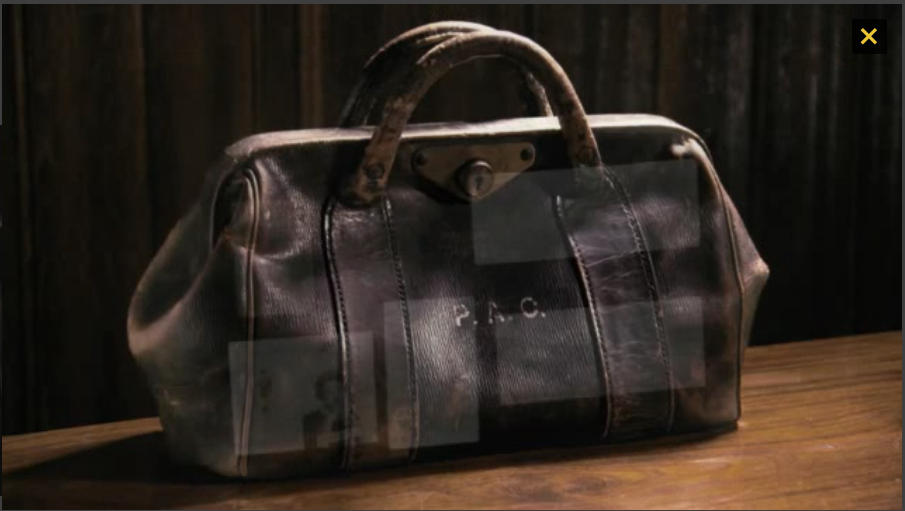
These briefcases, coupled with a professional dress sense, created a ‘uniform’ or aesthetic that came to define Prudential agents. In fact, The Man from the Pru is so definitive that it’s still used in shows set during its long period of popularity, like the super outdated Violet “What’s a weekend?” Crawley from Downton Abbey referring to a character’s fashion choice as “The man from the Prudential”, or the original title of a Ricky Gervais movie set in the 1970’s.
Prudential covered 1/5 of the victims of the Titanic
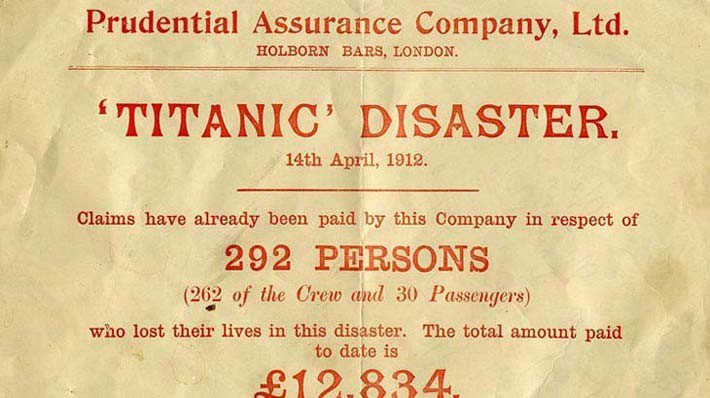
Because Prudential is all about making insurance affordable for different classes of people, they ended up covering 1/3 of the UK’s population by 1900. That, plus being one of the main risk-sharers with the Atlantic Mutual Insurance company, it’s probably not surprising that they ended up inadvertently covering the lives of 1/5 of the victims that went down with the Titanic.
Prudential ended up paying £14,239 – or £1,663,230.26 in 2020 money – to the families of 324 people, while putting up newspaper ads updating the public on how many payouts had been made throughout the entire saga.
A popular British unsolved crime involved a Prudential agent
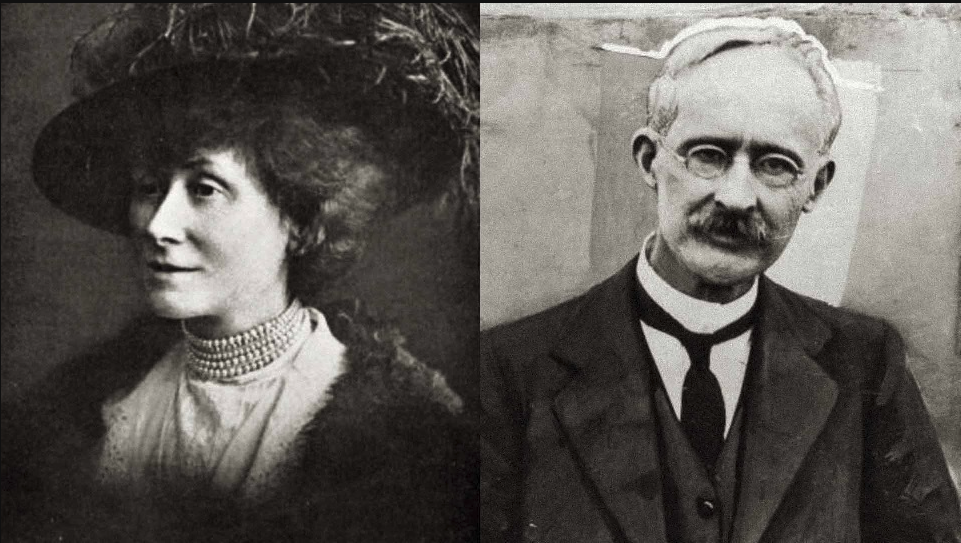
If you’ve read books on unsolved crime, you’d likely have read the case of William Herbert Wallace and R.M. Qualtrough in 1931.
If you haven’t, the gist of the case is that William was a Prudential agent who was called by a prospective client named R.M. Qualtrough to meet at a different part of the city. After traveling there by tram, he found that the meeting place didn’t exist. After some time asking around, Herbert gave up and went home… only to find his wife murdered.
A long investigation ensued, and William was eventually charged for her murder but later released. What made this case so enduring was that R.M. Qualtrough was never found (if he even existed), and William’s lack of emotion throughout the entire ordeal has been interpreted as guilt or simply the famous British stiff upper lip. Numerous attempts to recreate his journey were made to see if it could fit within the timeline given by him and other witnesses but, until today, the murder is officially unsolved with some theories pinning the crime on an ex-agent who was fired after William caught him embezzling from the company.
And yes, there was a telemovie made about this case in 1990 called – wait for it – The Man from the Pru.
Final fact: There’s another (unrelated) American company called Prudential
If you’ve ever once thought of Prudential’s logo being an iceberg or a mountain, you didn’t imagine it.

That’s actually the logo of Prudential Financial, an American insurance provider that’s a completely different company. What makes this slightly more interesting is that the American Prudential’s origin story is also pretty similar, except they were set up to sell burial insurance and their original name was The Widows and Orphans Friendly Society.
Yeah. We really weren’t kidding about long company names back in those days.
Hit us up in the comments or email us to suggest other brand histories that we can look into
- 123Shares
- Facebook102
- Twitter4
- LinkedIn4
- Email7
- WhatsApp6



